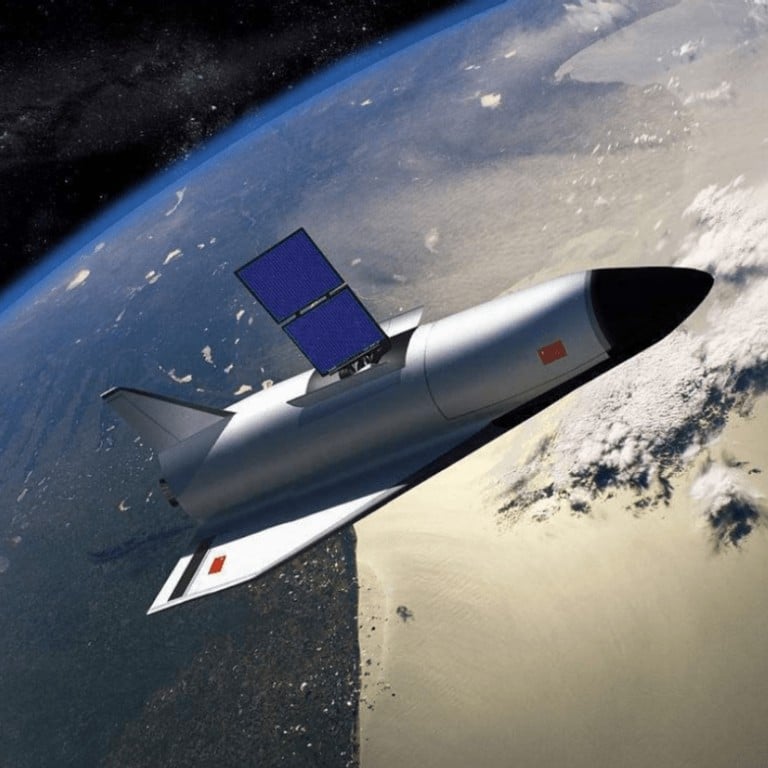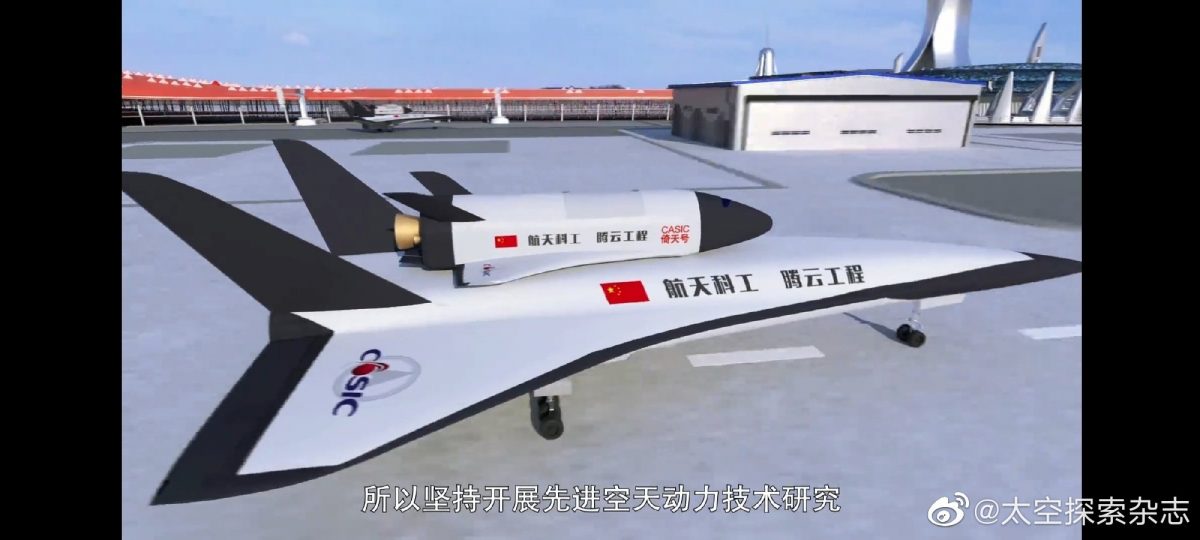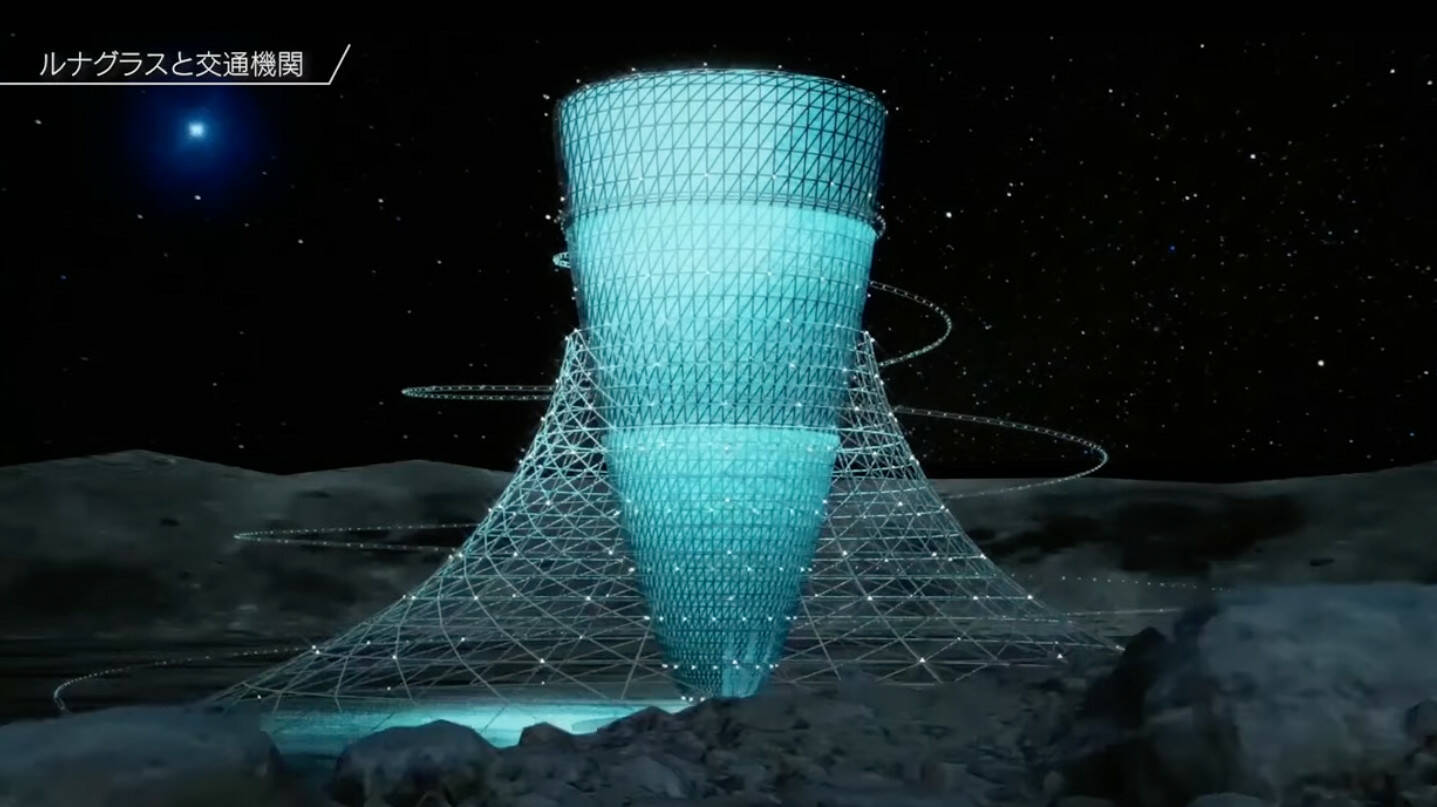As Chinese scientists and engineers combine the recent advancements in electromagnetic launch and hypersonic flight, people may soon be ‘shot into space’ using a form of hypersonic rail gun.
The Chinese objective is accelerating a hypersonic aircraft to Mach 1.6 using a massive electromagnetic launch track. At seven times the speed of sound, the aircraft would then break free from the track, start up its motor, and enter near space, according to a report from South China Morning Post.
This spacecraft, larger than a Boeing 737 and weighing fifty tons, is a component of the “Tengyun project,” which China Aerospace Science and Industry Corporation (CASIC) unveiled in 2016. The spaceplane Tengyun reportedly has a horizontal take-off and horizontal landing (HTHL) mechanism.
An enormous amount of fuel would be needed if the aircraft were to take off using its power. Scientists and engineers have had to make trade-offs between high-speed flight efficiency and safety during a low-speed takeoff through engine architecture and aerodynamic design.
However, unlike in the past, when many proposals failed to advance past the discussion stage, this time around, the situation is different. The Chinese scientists involved in the research are optimistic that the problems can be resolved.

In a peer-reviewed paper published in the Chinese academic journal Acta Aeronautica on February 6 this year, the team led by scientist Li Shaowei of the magnetoelectric general department of CASIC Flight Vehicle Technology Research Institute stated: “Electromagnetic launch technology provides a promising solution to overcome these challenges and has emerged as a strategic frontier technology being pursued by the world’s leading nations.”
To test this supposition, CASIC has reportedly built a 2-kilometer (1.2 miles) high-speed Maglev test facility. With this capability, a very heavy object can be propelled over 1,000 kilometers/hour (620 mph), close to the speed of sound. Additionally, the test line’s length will be increased in the upcoming years to reach a maximum operational speed of 5,000 kilometers/hour.
Hailed as the world’s most ambitious electromagnetic propulsion facility, it will help build the next generation of high-speed rail systems and collect essential engineering and scientific data for the space electromagnetic launch project.
The Chinese Academy of Sciences (CAS) also oversees the construction of a second enormous Maglev track in Jinan, the provincial capital of Shandong in the east, to facilitate extreme high-speed electromagnetic sled testing.

The proposal for an electromagnetic space launch mechanism is not unique to China. Ideas have been circulating since the end of the Cold War. NASA attempted to turn this concept from paper to reality in the 1990s, starting with building a miniature test line that was 15 meters (49 feet) long.
However, the actual length of the completed track was less than 10 meters due to inadequate funding and technical issues, and the project was eventually scrapped.
China, however, conducted an extensive study of NASA’s work in the area and realized the feasibility of removing the spacecraft from its track, which had never been tested in a wind tunnel. Li’s team has conducted in-depth computer modeling and wind tunnel testing to arrive at coherent strategies and solve problems plaguing NASA’s program.
China is keeping ahead of the curve in electromagnetic rail gun research thanks to its high-performance power supply, precise control technology, and creation of electronic equipment resistant to intense electromagnetic interference. Additionally, it continues to invest significant amounts of money and resources in developing high-tech aircraft, with hypersonic planes being the country’s top priority.
Exciting developments are taking place in space, with several countries attempting to send people to space and expanding their influence innovatively. Japan, for instance, wants a bullet train to the Moon.
Japan’s Bullet Train’s New Address: Moon!
Researchers at Kyoto University in Japan announced in 2022 that they will be constructing interplanetary trains and an artificial space habitat connecting Earth, Moon, and Mars in partnership with Kajima Construction.
The researchers revealed their ambitious intentions to create a living habitat called “Glass” that mimics Earth’s gravity, geography, and atmosphere to stop the human musculoskeletal system from “weakening” in low-gravity and zero-gravity settings.
Kyoto University and Kajima Construction want to construct “The Glass,” a conical building with artificial gravity and amenities similar to Earth’s, including public transit, green spaces, and water features.
Their illustrated presentation featured a large rotating cylindrical upright structure showing rivers, water, and park-like facilities for humans to live in when outside the planet’s terrain.

In essence, it is an inverted cone that rotates to produce a centrifugal pull that simulates Earth’s gravitational pull. Researchers hope to construct a simpler prototype approximately 1,300 feet high and 328 feet in diameter by 2050. The Asahi Shimbun reported that building and operating the final version will take around a century.
The dwelling on Mars will be called the “Marsglass,” while the one on the Moon will be named the “Lunaglass.” To feed into the “core biome complex,” which denotes a multidisciplinary field of geology, biology, botany, various physics, engineering, and climatology, elements from the Earth’s terrain and ecosystem will be “extracted.”
The group’s plans are the stuff of science fiction. They also envision an interplanetary transportation system, called the ‘Hexatrack,’ that maintains a gravity of 1G even during long-distance travel to mitigate the effects of prolonged exposure to low gravity. Hexacapsules are capsules in a hexagonal shape, and a moving device is prepared for the central part.
A big capsule (radius of 30 meters) travels between the Earth and Mars and between the Moon and Mars, and a mini capsule travels between the Earth and the Moon.
The structure of the huge capsule allows the outer frame to “float,” presumably with the use of electromagnetic technology similar to that used in China’s and Germany’s Maglev trains.
The radial center axis tracks the movement of people from each vehicle. The motion of the Moon and Mars maintains one G (a 30-meter radius and 5.5 rounds per minute). The train station on Earth is called Terra Station, and the train with six coaches traveling on a standard gauge track is called Space Express.
Following the announcement, experts and space watchers called it a fantasy piece from a science fiction film. However, China’s ambitions to use an electromagnetic rail gun so that a spacecraft could be catapulted into space might make more sense, without underscoring that it would still be taken with a pinch of salt like all other claims made by the country.
- Contact the author at sakshi.tiwari9555 (at) gmail.com
- Follow EurAsian Times on Google News




